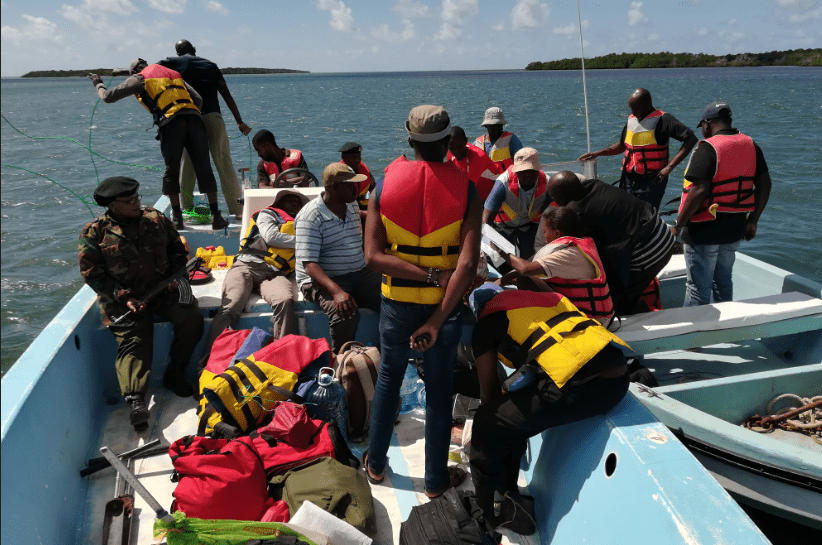Incorporating blue carbon in Kenya's national green house gas accounting
Mangrove forests provide a host of benefits, from supporting the livelihoods of coastal communities, protecting them from the impacts of storms, and providing important habitat for fish, birds, and a host of other species. But perhaps one of their most significant contributions is their role as carbon sinks—they store three to five times more carbon per hectare than all other forests, even rain forests. Along with other coastal ecosystems like seagrasses and salt marshes, these ‘blue’ forests have the potential to mitigate climate change and help countries meet their international climate, restoration, and biodiversity commitments. But they’re often overlooked.
Kenya, like many tropical coastal countries, did not include mangroves or other blue carbon ecosystems in its initial commitments to the Paris Agreement on Climate Change in 2015. Under the Paris Agreement, countries are committed to developing a set of “Nationally Determined Contributions” (NDCs) that will collectively limit global warming to 1.5°C. To continually increase ambitions, countries are also required to submit revised NDCs every five years. The next revision will be in 2020.
With this in mind, WWF-Kenya, together with the Kenya Marine and Fisheries Research Institute (KMFRI), is carrying out a carbon stock assessment of the mangroves in Lamu County, Kenya—home to more than 60% of Kenya’s mangroves—with an eye to linking this science to the country’s national climate policies. For the past several months, WWF-Kenya and KMFRI have been conducting spatial and temporal mapping of Lamu’s mangroves, along with sediment sampling. These samples are then analyzed in KMFRI’s lab to understand the organic carbon content stored by the mangroves. At the same time, WWF-Kenya has been engaged in the revision of Kenya’s National Climate Change Action Plan (NCCAP) through its participation in the country’s national climate change working group, in order to ensure that mangroves are reflected in the plan. The NCCAP provides the basis for the development of the NDCs, so this has been a critical step in paving the way for the inclusion of mangroves in Kenya’s national climate commitments. Inclusion in the NDCs means greater awareness and action around mangrove conservation, which is good for the global community and local communities.
The expected completion date for the project is June 2019. Learn more here.

Scientists and conservation practitioners from WWF-Kenya and KMFRI survey blue carbon storage in the mangrove forests of Lamu, Kenya.
This project is funded by WWF-US and Save Our Mangroves Now!